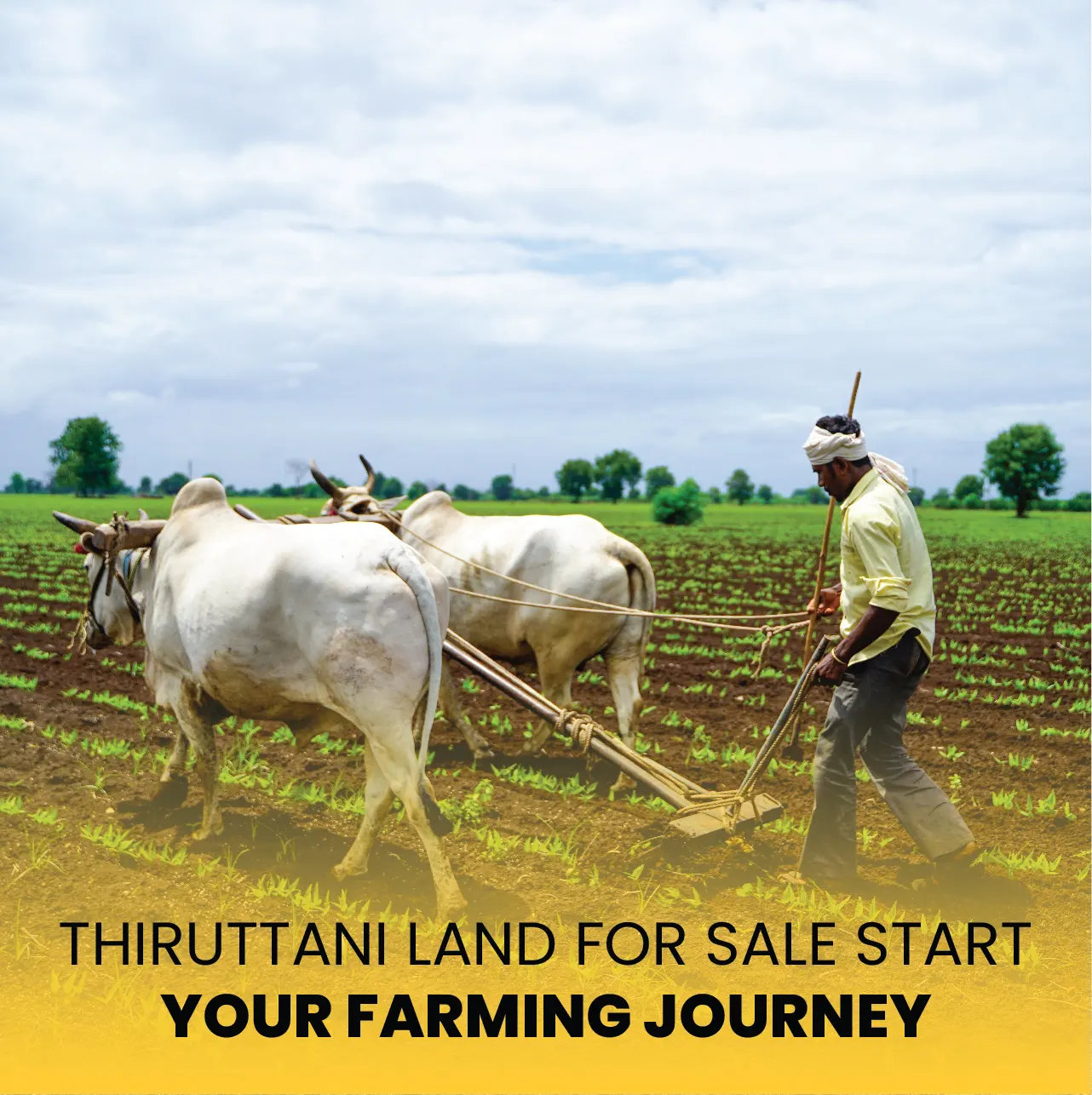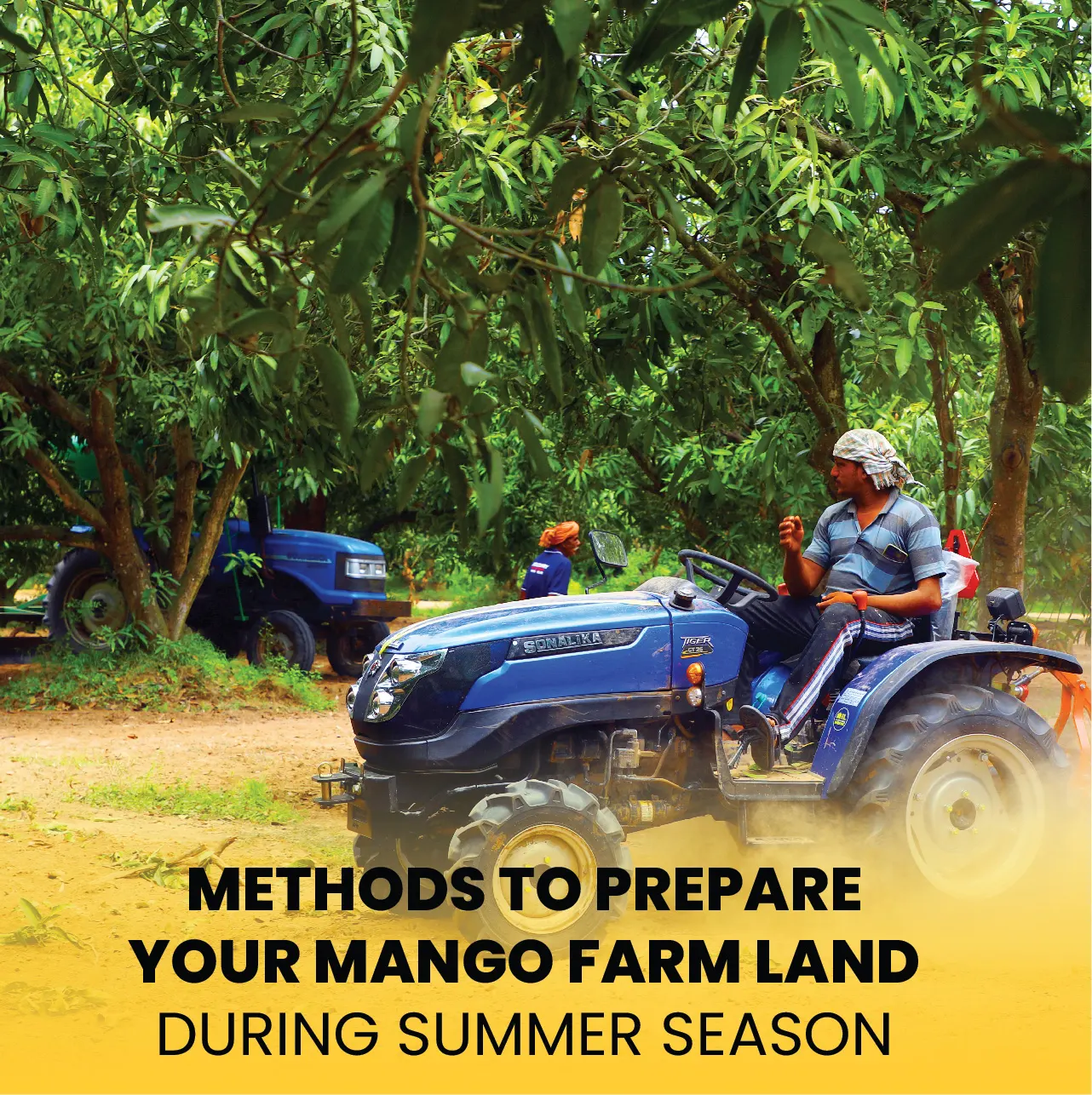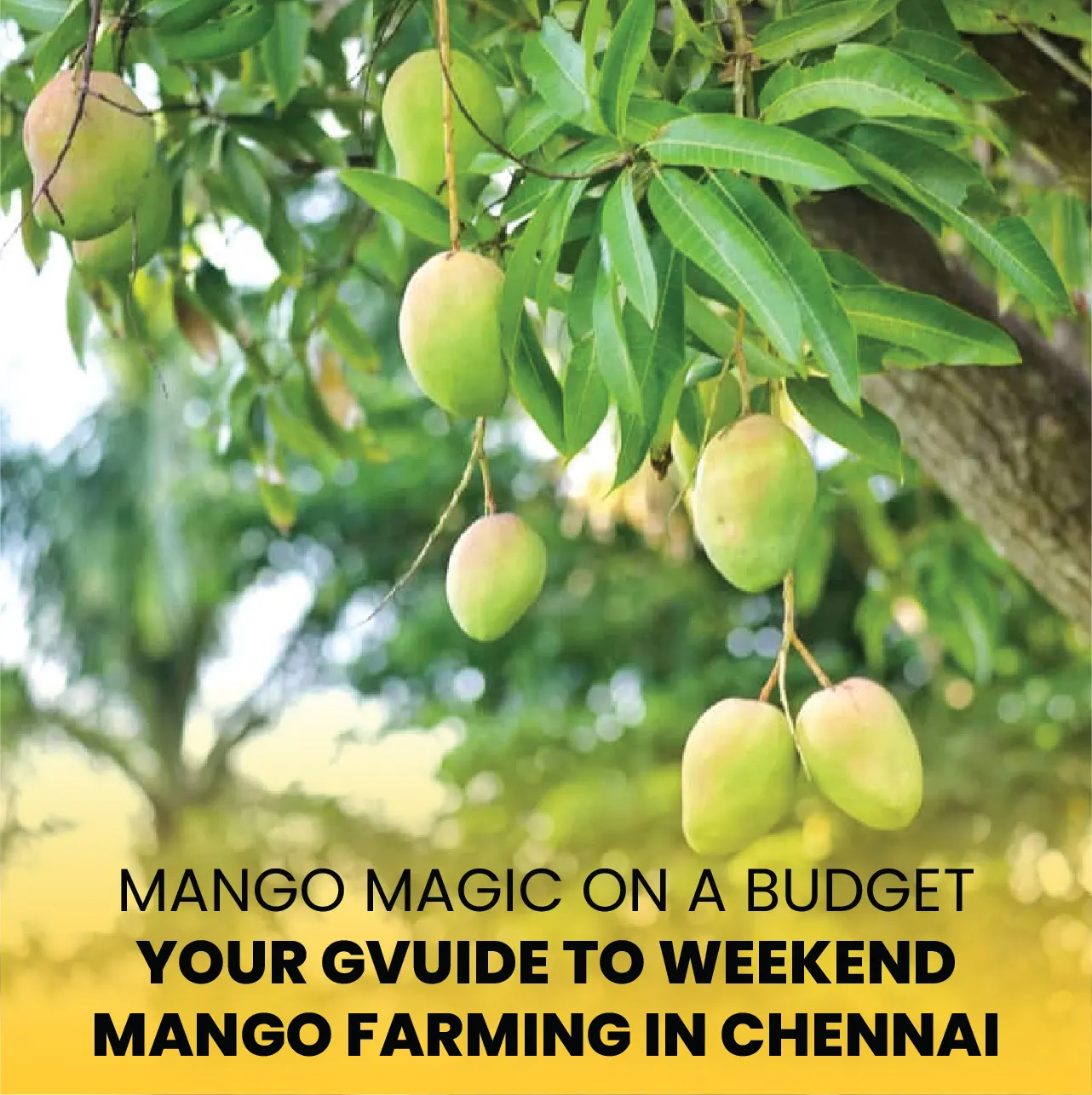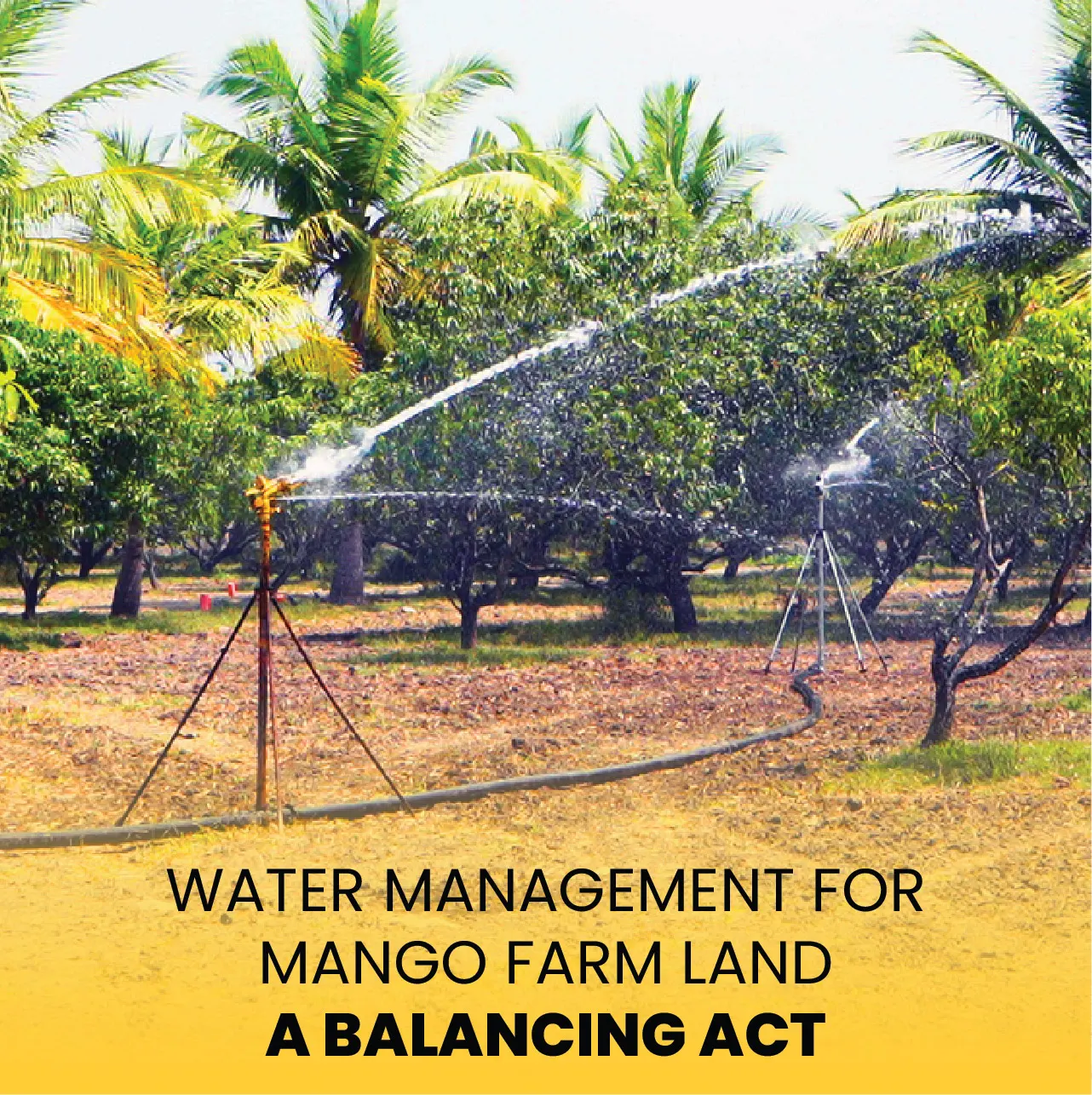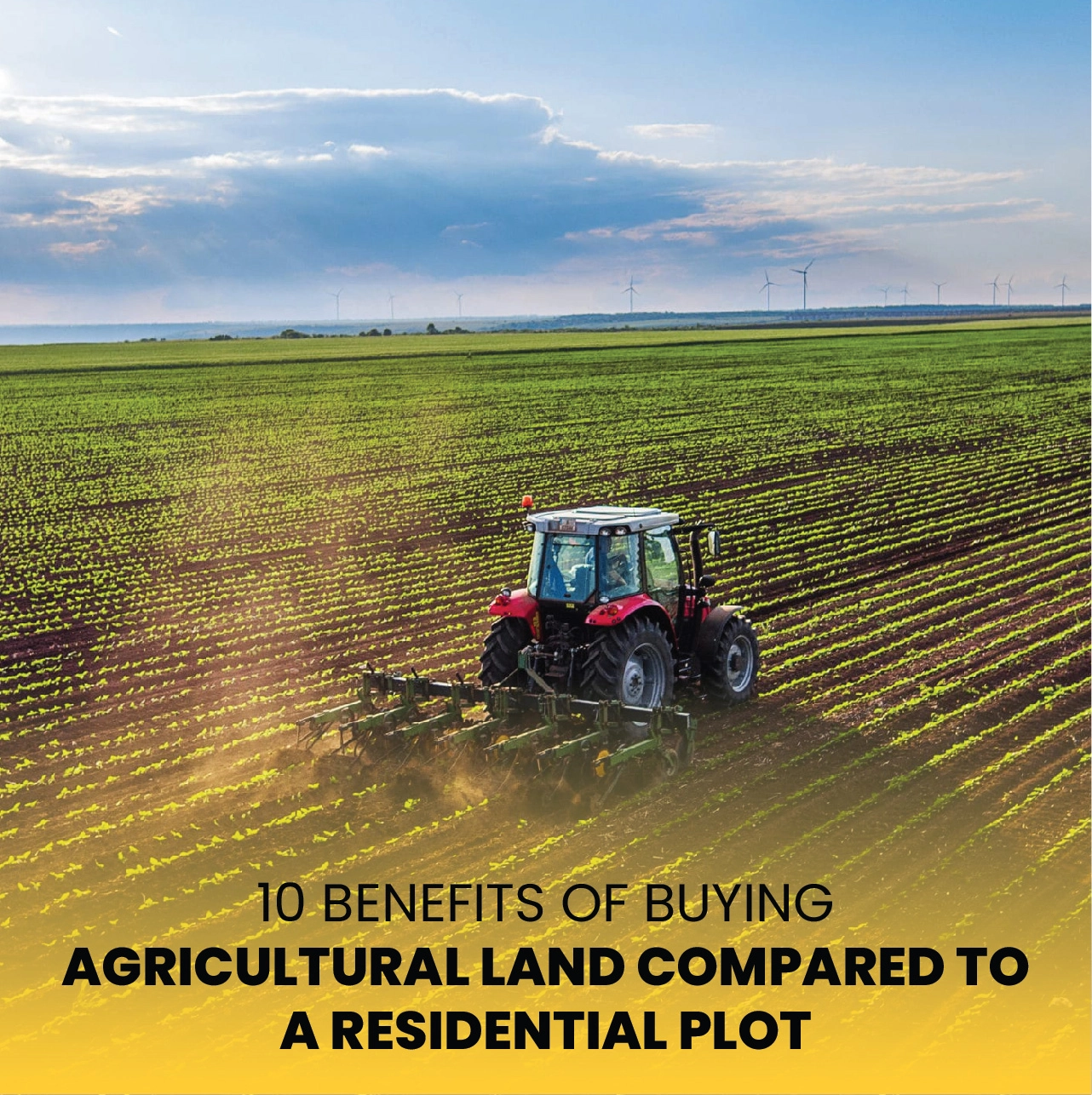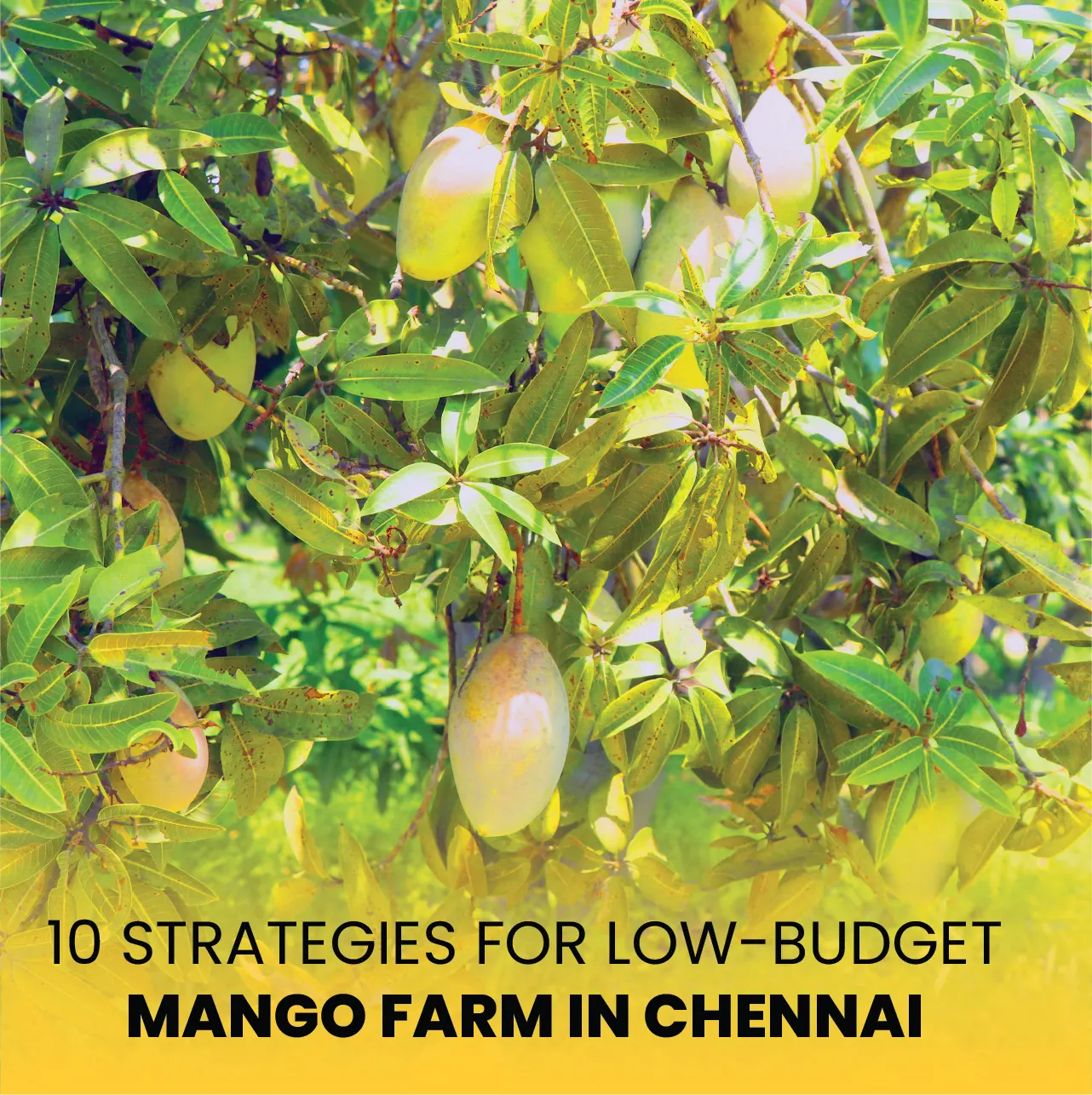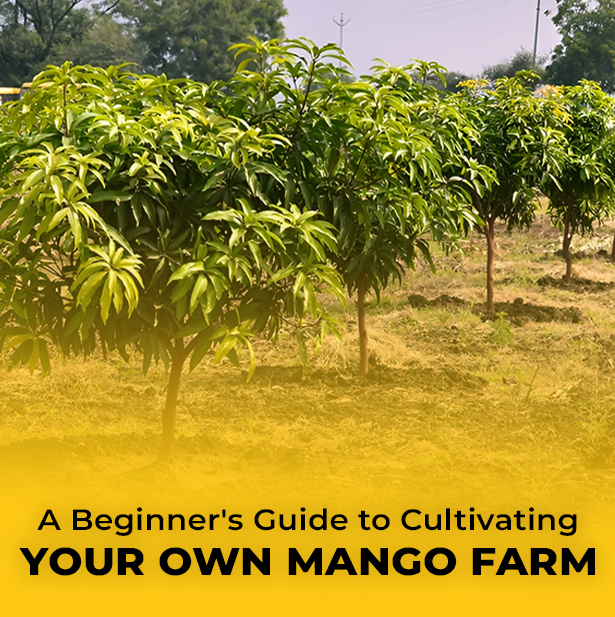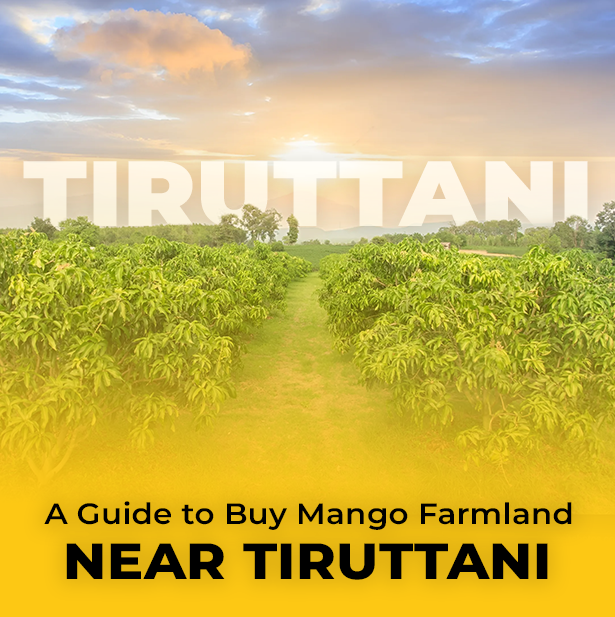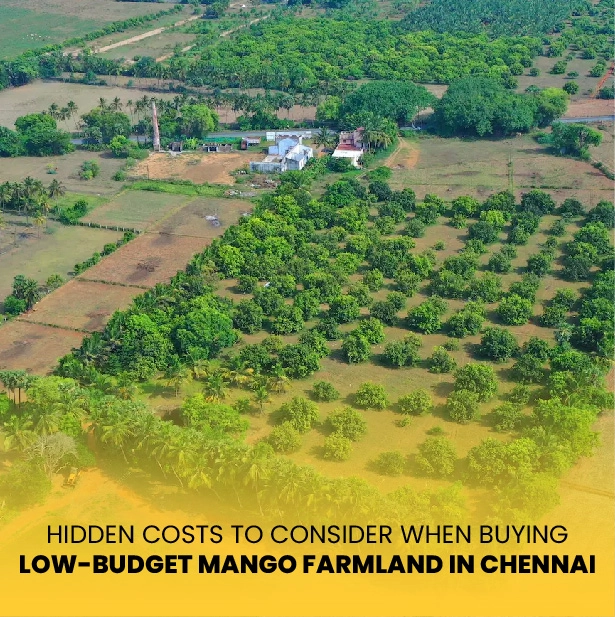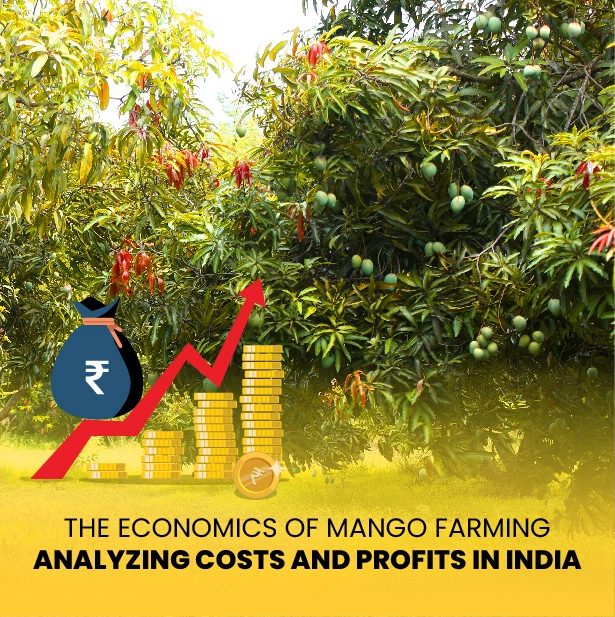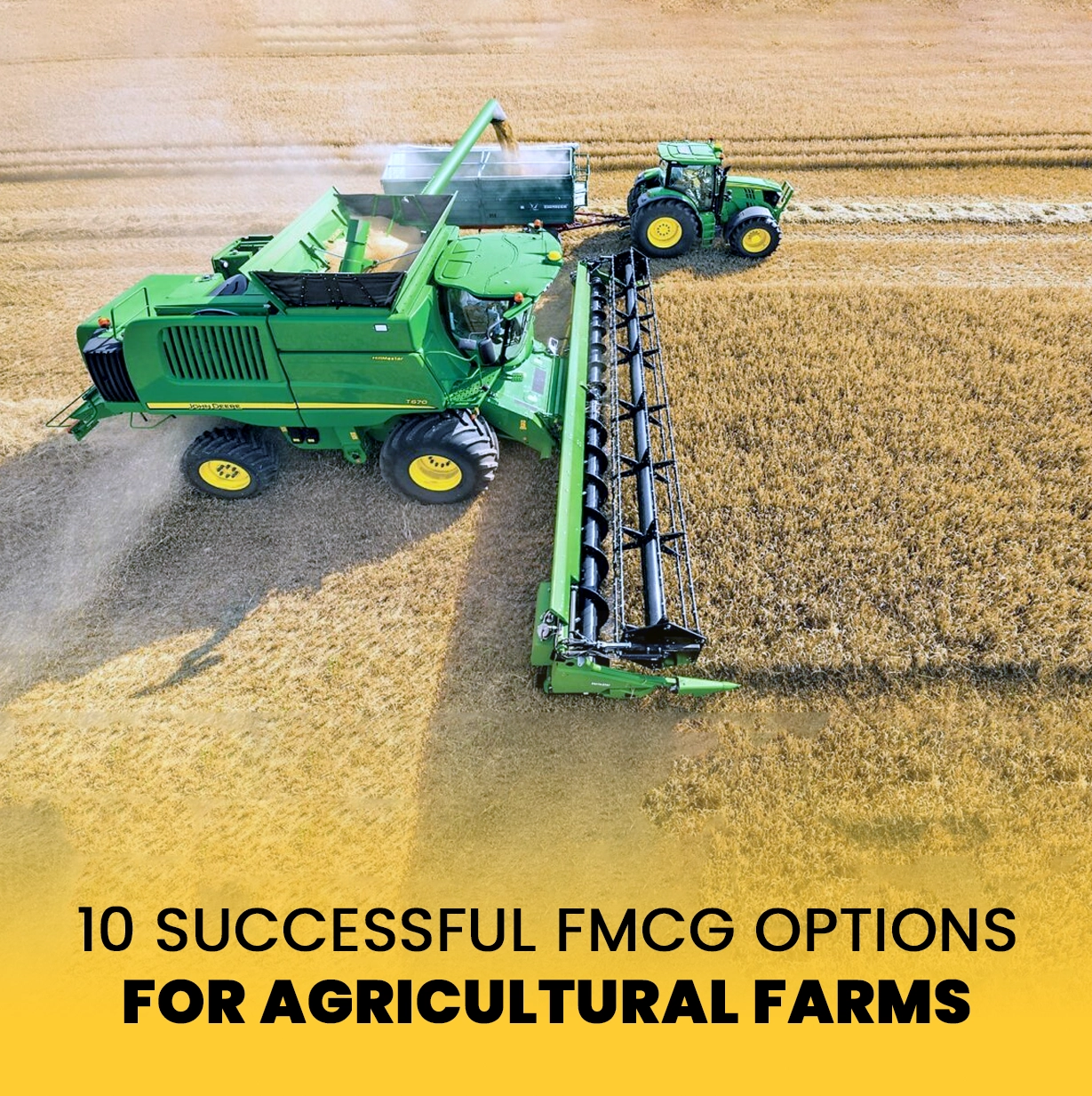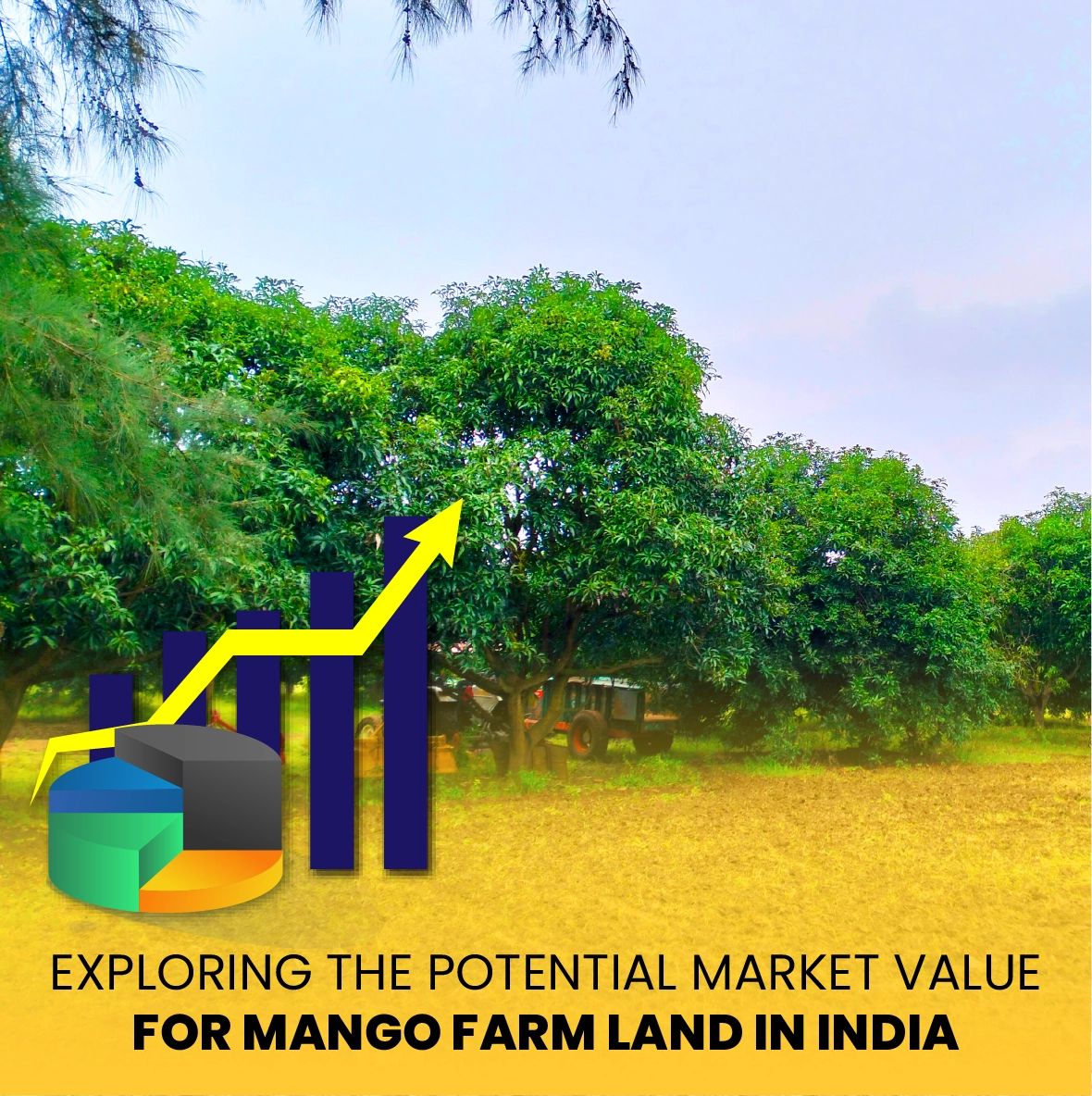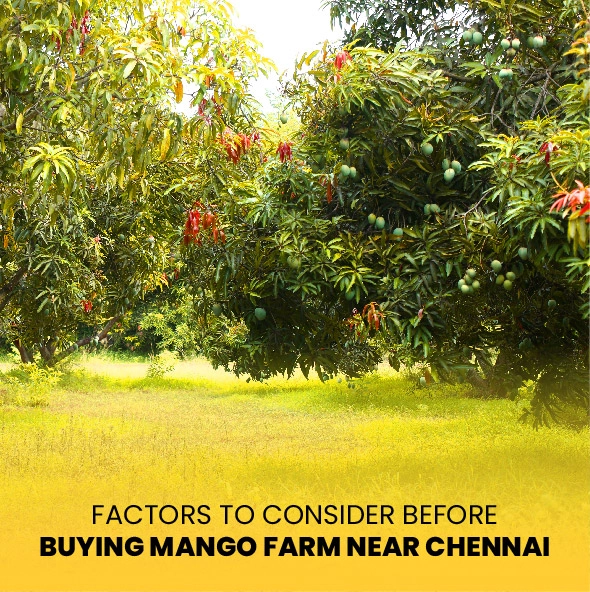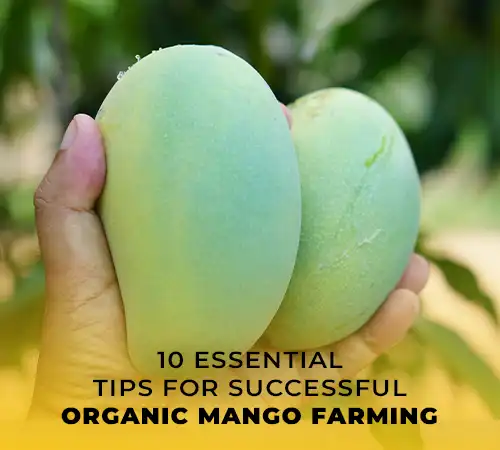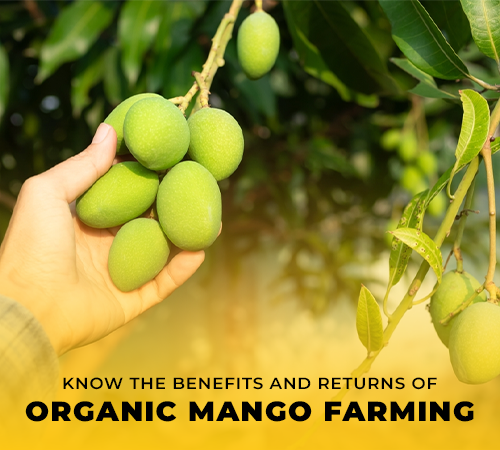For centuries, individuals have loved mangoes for their vivid colour, rich taste, and soft sweatiness. Farmers grow mangoes through meticulous planning, seed selection, and a strong connection to the ground, beginning their journey. Many farmers start this journey with a dream—a wish to grow this king of fruits, bring it to market, and permanently change the agricultural landscape.
Any attempt at mango cultivation starts with the choice of cultivar and land. Tropical and subtropical regions are ideal for mango trees because moderate temperatures and well-drained soils provide the best development environment. In order to make sure their property is fit, farmers routinely test the soil for pH levels and vital minerals such as nitrogen, phosphorous, and potassium.
Moreover, choosing the right mango variety is critical for success. Globally, there are more than a thousand different kinds of mango, each with special qualities. While some farmers might decide to plant well-known types like Alphonso, which is sweet and rich, others might prefer the Langra or Dasheri variety because of their own unique tastes and growing needs. A farmer's decision not only depends on the local temperature and soil conditions, but also on market demand, as different varieties garner preference in different areas and among diverse consumer bases.
Once the ground is ready, the next step is to choose either a seed or a sapling. Most its faster fruit output and better consistency in yield and quality, most commercial mango growers employ grafted saplings. These saplings originate from mother trees, renowned for their production and disease resistance. Though the procedure is slower and more erratic, some farmers still decide to cultivate mangoes from seeds, as this conventional technique might produce trees with distinctive genetic features.
Mango growing requires patience early on. A mango sapling typically takes three to five years to produce, peaking at seven to 10 years. During this period, farmers give their trees top priority so that they receive the correct treatment and attention.

The true effort of tending the trees starts once the saplings are in the ground. Over the years, mango farming methods have evolved to combine contemporary agricultural methods with traditional knowledge to achieve the best results.
1. Irrigation: Particularly in their early years of development, mango trees need constant but not too much water. Because drip irrigation systems send water straight to the root zone, which reduces water waste and ensures that the trees receive the moisture they require without waterlogging the ground, they have become quite popular among mango growers. This is critical in areas suffering water shortages or erratic rainfall patterns in particular.
2. Fertilization: Good tree development and fruit output depend on careful nutrient control. Along with chemical fertilisers providing vital minerals like nitrogen, phosphorous, and potassium, farmers enhance the soil with organic matter, including compost and manure. Some farmers choose organic farming practices because they use only natural inputs to preserve soil health and support biodiversity on their farms. Mulching is another commonly used method to keep soil moist and prevent weed growth around tree bases.
3. Pruning: Shaping the tree and encouraging excellent air circulation depend on regular trimming, which also lowers the danger of diseases including powdery mildew or anthracnose, both of which can destroy mango crops. Pruning also helps to control tree height, ensuring that sunshine reaches all sides of the tree and that fruits are reachable during harvest.
4. Pest and Disease Management: Many pests and diseases. Among common hazards are fruit flies, mealybugs, and the previously mentioned fungal infections. From chemical pesticides to integrated pest management (IPM) techniques including natural predators and organic remedies like neem oil, farmers employ a range of approaches to guard their crops. IPM emphasizes reducing chemical use and advancing a healthy ecology in which beneficial insects regulate pest numbers.
5. Pollination: Though mango trees primarily pollinate themselves, cross-pollination by wind or insects can increase fruit set and yield. To improve pollination rates and hence support the local ecology, some farmers even bring bees into their orchards, increasing mango output.
6. Grafting: Many growers, like stated earlier, rely on grafted mango saplings to guarantee consistently good fruit. In horticulture, grafting is the process of joining the tissues of two plants so they remain growing together. This technique helps farmers grow mango trees that inherit the best features from both parent plants, including disease resistance and great fruit output.
Harvesting is one of the most anticipated activities in the mango cultivation process. Years of meticulous cultivation have produced fruits ready for harvest and commerce. Harvesting requires precise timing, as one should pluck mangoes when they are mature but still firm, ensuring they ripen precisely after harvest.
1. Harvesting Techniques: Hand-harvested mangoes usually help to avoid damage and bruising. Long poles with nets or cutters at the end allow farmers or labourers to carefully pull fruit from the tree. This labour-intensive procedure guarantees that the fruit stays whole and unspoiled, therefore preserving customer quality. Some larger orchards employ mechanised harvesting tools to increase efficiency, but the operation still heavily relies on human labour.
2. Post-Harvest Handling: Following harvest, we sort, clean, and occasionally treat mangoes to prevent spoilage. Sorting ensures consistency in the finished product in terms of size, color, and quality. While we sell the best fruits fresh, we usually store damaged or poorer quality mangoes aside for processing into juices, jams, or dried mango slices.
3. Transportation and Storage: Mangoes are delicate fruits that require careful handling to avoid damage on the shipping route. Modern packaging techniques help to protect the fruit during transportation to local or worldwide markets by using cushioned crates or cartons with ventilation. We also use techniques for controlled environment storage to extend the shelf life, ensuring the freshness of mangoes during transportation to distant markets.
4. Marketing and Selling: Once packed and ready, we send mangoes to markets, supermarkets, or transport them overseas. Mangoes are in great demand worldwide; significant growers include nations such as India, Mexico, Thailand, and the Philippines. ' markets, organic food outlets, or online platforms, farmers deal with distributors, wholesalers, and exporters to get their goods to market.
5. Value-Added Products: From dried mango slices to mango pulp, chutneys, jams, and juices, mangoes can be prepared into a great variety of value-added goods outside fresh fruit. By using the several phases of the mango's life cycle, this diversification lets farmers profit and generates other income sources. For instance, in the beverage business, there is a high demand for mango pulp and juice, while health-focused markets tend to favor dried mangoes more.
From planting the first seedling to seeing the fruits reach consumers' hands, mango farming is a long but gratifying trip. This maximise output, increase sustainability, and guarantee the best quality fruit, this procedure integrates contemporary agricultural technologies with traditional farming expertise. Rooted in the ground and motivated by the desire to grow one of the most adored fruits worldwide, mango farming is not only a business but also a way of life for many farmers. As world demand for mangoes increases, the chances for mango growers to flourish and prosper will also rise.
